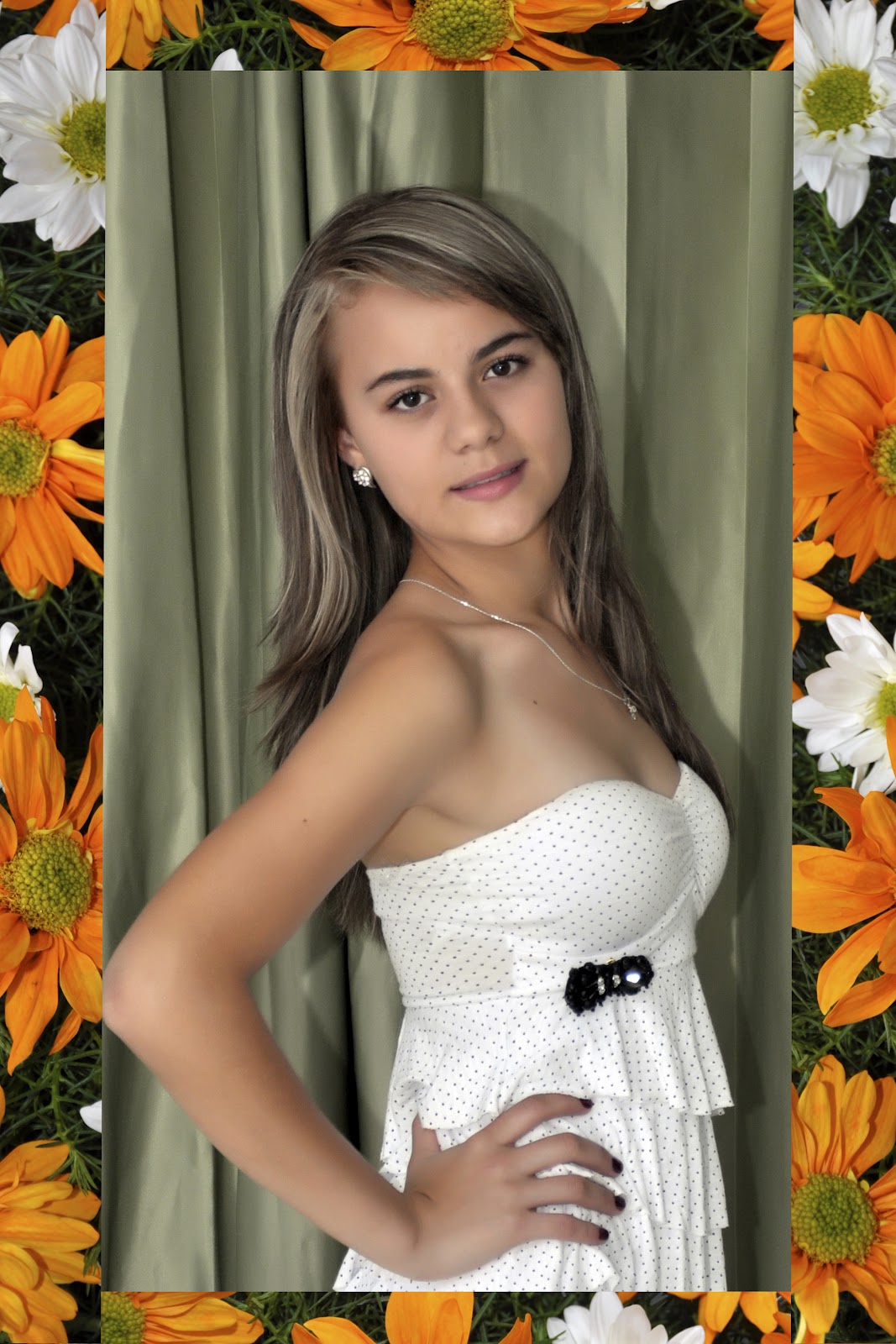TTL models have gained significant traction in the realm of photography and creative industries, offering unique solutions for capturing stunning images and creating captivating visual content. These models exemplify the power of technology in the art of photography, enabling both amateurs and professionals to achieve remarkable results with ease. As we delve deeper into TTL models, we will uncover the various aspects that make them essential tools for photographers today.
In a world where visual storytelling is paramount, understanding TTL models is crucial. They provide photographers with the ability to automate exposure settings and achieve consistent lighting conditions. This automation not only simplifies the shooting process but also enhances the overall quality of the images produced. Whether you are a seasoned photographer or just starting, mastering TTL models can significantly elevate your work.
As we embark on this journey to explore TTL models, we will address key questions surrounding their functionality, advantages, and practical applications. From understanding the technical specifications to learning how to incorporate them into your photography workflow, this guide aims to provide a comprehensive overview of TTL models, empowering you to make informed decisions in your creative pursuits.
What Are TTL Models?
TTL stands for "Through The Lens," which refers to a method of measuring light through the camera lens to determine the correct exposure settings. TTL models utilize advanced technology to calculate the optimal aperture and shutter speed, ensuring that your photographs are well-exposed and visually appealing. These models are essential for photographers who desire precision and efficiency in their shooting process.
How Do TTL Models Work?
TTL models operate by using a built-in light meter that measures the available light in the scene. When you press the shutter button halfway, the camera takes a reading of the light, adjusting the settings accordingly. The key components that contribute to the functionality of TTL models include:
- Light Meter: Measures ambient light and reflects it through the lens.
- Camera Settings: Automatically adjusts aperture, shutter speed, and ISO based on the light reading.
- Flash Integration: Works seamlessly with external flashes to provide balanced lighting.
What Are the Benefits of Using TTL Models?
Utilizing TTL models can offer numerous benefits for photographers. Some of the most notable advantages include:
- Consistency: Achieve uniform exposure across multiple shots, especially in varying lighting conditions.
- Speed: Quickly adjust settings without manual intervention, allowing for more spontaneous photography.
- Creativity: Focus on composition and storytelling rather than technical adjustments.
Who Can Benefit from TTL Models?
TTL models cater to a wide range of photographers, from hobbyists to seasoned professionals. Here are some groups that can particularly benefit from using TTL models:
- Wedding Photographers: Capture beautiful moments with precision and speed.
- Portrait Photographers: Ensure flattering lighting conditions for subjects.
- Event Photographers: Adapt to changing environments and lighting quickly.
- Wildlife Photographers: React swiftly to unpredictable situations in nature.
Are There Different Types of TTL Models?
Yes, TTL models come in various forms, each designed for specific applications. The primary types include:
- Camera-mounted TTL: Built into many modern cameras, providing instant exposure adjustments.
- External Flash TTL: Off-camera flashes that use TTL technology for optimal lighting.
- Studio Lighting TTL: Professional lighting setups that incorporate TTL for studio photography.
How to Choose the Right TTL Model for Your Needs?
When selecting a TTL model, consider the following factors:
- Compatibility: Ensure the model is compatible with your camera brand and model.
- Features: Look for additional features such as high-speed sync and wireless capabilities.
- Budget: Determine your budget and find a model that offers the best value for your needs.
What Are Some Tips for Using TTL Models Effectively?
To maximize the potential of TTL models, keep these tips in mind:
- Experiment with settings: Don't hesitate to adjust exposure compensation for creative effects.
- Practice in different lighting conditions: Familiarize yourself with how TTL responds in various environments.
- Utilize manual overrides: In challenging lighting scenarios, switching to manual mode can provide greater control.
Conclusion: Why TTL Models Are Essential for Modern Photography?
In conclusion, TTL models represent a significant advancement in photography technology, offering photographers the ability to achieve consistent and high-quality results. By understanding how TTL models work, their benefits, and practical applications, you can enhance your photography skills and create stunning visuals. Whether you are a beginner or an experienced professional, embracing TTL models can take your photography to new heights.




